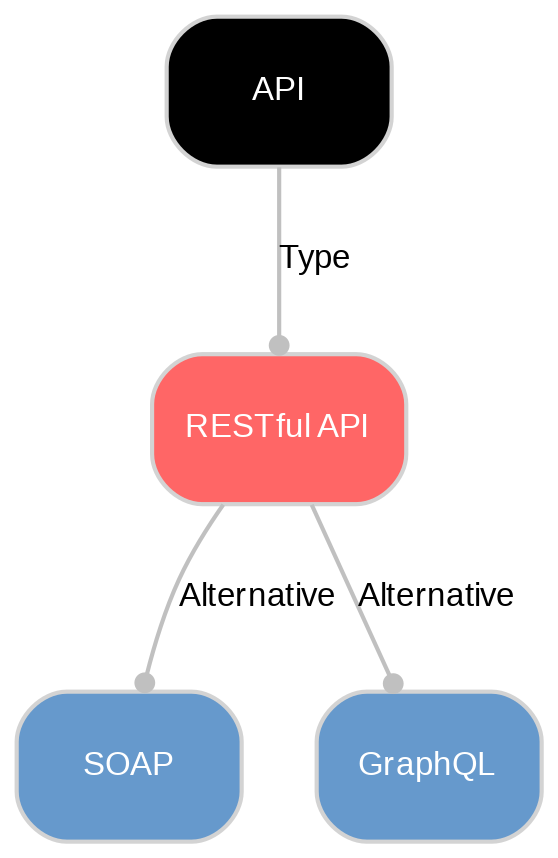RESTful API definition
RESTful API is an efficient, secure interface for data exchange and integration, leveraging HTTP protocols to facilitate scalable interactions between software applications.
What is RESTful API?
RESTful API, or Representational State Transfer Application Programming Interface, is a set of protocols and definitions that allows software applications to communicate and exchange information securely over the internet. It is an architectural style that adheres to specific principles, making it scalable, reliable, and stateless. RESTful APIs operate using HTTP methods such as GET, POST, PUT, and DELETE on resources identified by unique URLs.
Clients interact with these resources through requests which include data and parameters. These interactions are secured by various authentication methods such as basic authentication or bearer authentication. In return for these requests, servers respond with status codes, resource representations in formats like JSON or XML along with response headers.
Their lightweight nature makes them ideal for scalable digital environments. They are commonly used in business applications to facilitate communication between internal systems or third-party services.
How does RESTful API work?
RESTful API follows a client-server model where the client sends a request and the server responds. The communication starts when a client, which can be any device capable of sending HTTP requests, submits a request to access or manipulate a resource on the server using HTTP methods. These methods include GET (retrieve data), POST (send data), PUT (update data), and DELETE(remove data).

The server then processes this request and returns an appropriate response with status codes like 200 for successful operations or 404 if the requested resource is not found. This exchange of information is carried out in stateless manner, meaning each request contains all necessary information for it to be processed.
Data security, an integral part of RESTful APIs, is ensured by employing authentication mechanisms such as basic authentication or bearer authentication. This prevents unauthorized access to resources.
Benefits of Using RESTful API
The benefits of using RESTful API significantly contribute to its popularity among developers. One major advantage is their scalability, which allows for expansion and adaptation as the needs of the system evolve. Their lightweight nature and reliance on HTTP standards also make them fast and efficient, consuming less bandwidth compared to other architectures.
The separation between client and server in a RESTful API provides a high degree of flexibility. This permits components on either end to be developed independently, enhancing productivity while reducing dependencies. Furthermore, their format-agnostic feature means they can handle multiple data formats such as JSON or XML, making them highly versatile.
In addition to these technical benefits, RESTful APIs also offer strategic advantages like facilitating integration with third-party services, improving automation capabilities, and enhancing overall user experiences - all crucial facets in today's digital economy.
Best Practices for Implementing RESTful API
When implementing RESTful API, the first step is to identify the resources, which are then defined by endpoints. These endpoints utilize HTTP methods for operations like retrieving (GET), sending (POST), updating (PUT), and removing (DELETE) data. Data security, another crucial aspect of RESTful APIs, is ensured through various authentication protocols.
Proper error handling with informative messages enhances usability and prevents unexpected failures. Additionally, features such as filtering, pagination, and caching can significantly speed up the API performance.
Maintaining consistency in design and following standards improves ease of use and understanding among developers. Last but not least, implementation tools like Postman can be used to test functionality, ensuring that the API performs as expected.
In essence, implementing a RESTful API requires a combination of technical know-how alongside adherence to tested principles and best practices for optimal results.
Unlock New Possibilities with Sanity
With RESTful API under your belt, it's time to see what Sanity can do for you. Explore our features and tools to take your content to the next level.
Last updated: